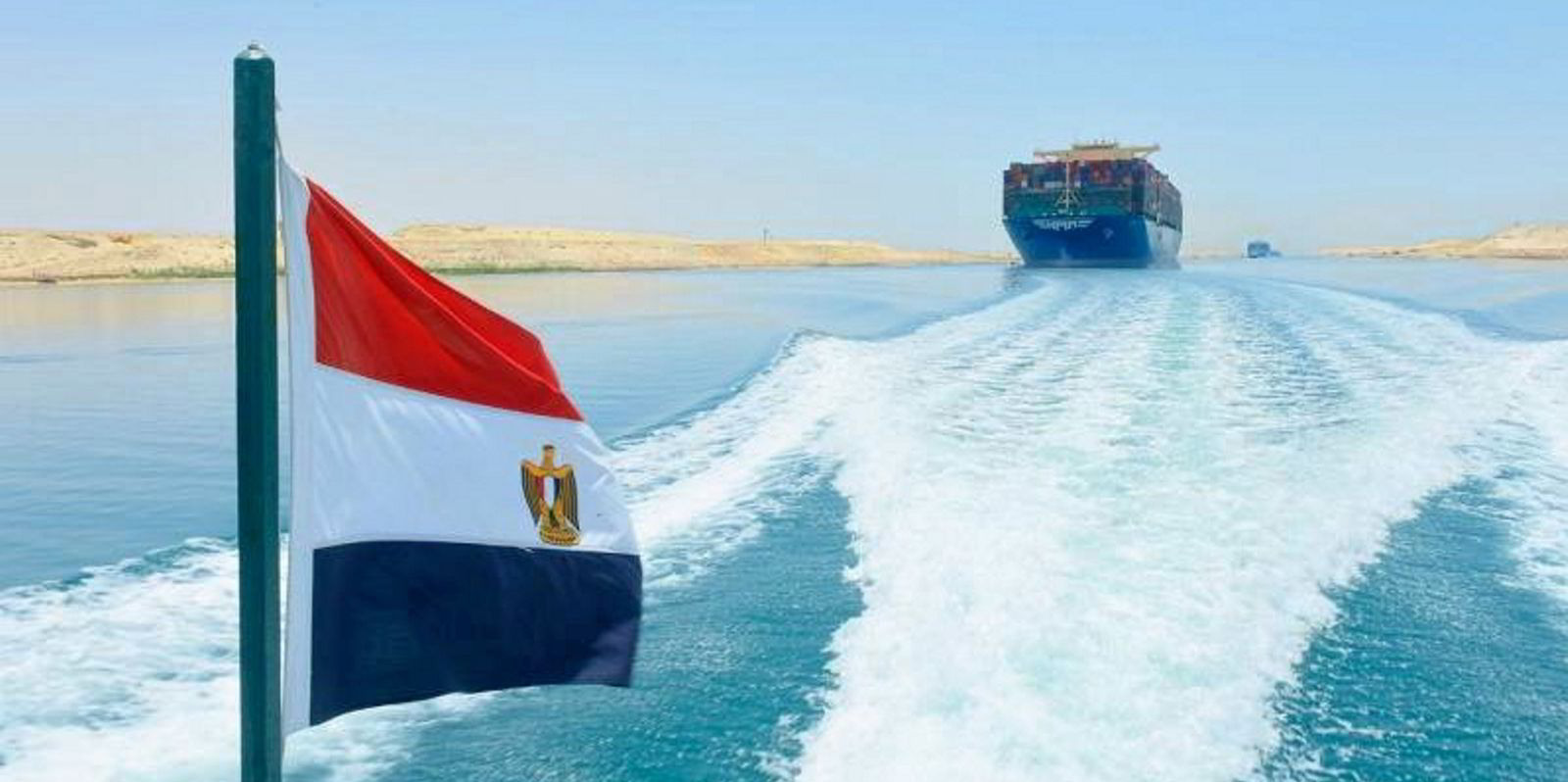More than 20 tankers have taken costly detours away from the Red Sea because of the threat of attacks from Iran-backed Houthi rebels amid a sharp decline in traffic through the Bab al-Mandab strait, according to ship tracking and reports.
Data analyst Kpler identified Greek, Norwegian, Chinese and Singaporean-operated crude, product and chemical tankers among those that had diverted from previously planned routes, with many travelling to Europe via the southern tip of Africa.
Vessel tracking data by Bloomberg said there had been a 40% drop in tanker traffic through the southern end of the Red Sea with only 30 tankers this week entering the strait.
The squeeze on supply has led to an increase in the oil price with Brent crude nearing $80 a barrel after three months of continuous declines because of global economic concerns, analysts say. Benchmark crude was below $74 10 days ago
Ships identified by Kpler that had changed their routes included the 157,787-dwt Almi Globe (built 2012) that loaded with more than 900,000 barrels of oil in ship-to-ship transfers off Malta in early December before heading to Singapore via the Suez Canal.
But the data suggested that the vessel, operated by Greece’s Almi Tankers, halted off the coast of Egypt on 15 December before reversing its course several days later after a spate of missile attacks blamed on the Houthi rebels. The company has been contacted for comment.
The Norwegian chemical tanker specialist Odfjell confirmed that two of its ships, the 49,120-dwt Bow Olympus (built 2019) and 49,042-dwt Bow Orion (built 2019) had re-routed via the Cape of Good Hope. Tracking data showed the Bow Orion turned around as it neared the Red Sea after entering the Suez Canal.
Tankers that passed south through the Red Sea this week included the 113,782-dwt Cauveri (built 2005) operated by Dubai-based Fractal Marine hauling crude from Primorsk, Russia to Jamnagar, India, according to ship tracking data.
The 105,522-dwt Lefkada (built 2005) also hauling Russian crude from Primorsk passed through the strait on Friday, the Kpler data showed. The ship, owned by single-ship Marshall Islands-based company, was formerly operated by India's Gatik Ship Management before shifting to new management.
Mid-size tankers are the most exposed to disruption in the Red Sea with suezmax tankers accounting for a majority transits in both directions, according to Maritime Strategies International (MSI).
The Russian factor
About 60% of laden crude voyages that transited the Red Sea in 2023 were from Russia, said Vortexa.
“Large quantities of Russian crude now flow from the country’s western outlets through the Suez Canal,” said MSI.
“Therefore a larger proportion of global oil flows now move through the region than in 2021 … However, it is harder to say how these operators will react to the situation.”
It said about 10% of global seaborne crude was moving through the Suez Canal. Rerouting the cargoes around the Cape of Good Hope would add 10% to 15% to global crude tonne-miles and add several weeks to journey times.
Clarksons Research says that the diversions are already having a larger impact on shipping markets than the Ever Given grounding of 2021.
It reported a 43% reduction in overall tonnage volumes arriving into the Gulf of Aden this week, compared with the first half of December. Container ships have shown the largest decline.
Read more
- MSC leads ocean carriers seeking to claw back cost of rerouting ships
- Tanker owners in ‘wait and see’ mode as EU bolsters naval taskforce
- Vitol consolidates tanker and gas fleets in Singapore under Kit Kernon
- Ikea warns of delays as shippers grapple with Red Sea diversions
- LNG carrier rates head down, but will Suez swerve reverse falls?





